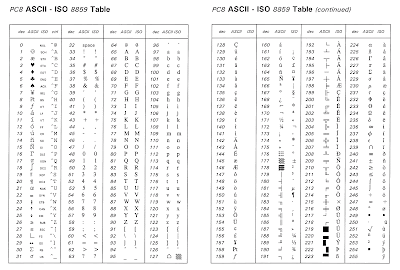SSL and TLS
a) Protocol Used to Securing the Transport Layer of TCP/IP
Protocol: Secure Sockets Layer (SSL) / Transport Layer Security (TLS)
Purpose: Both SSL and TLS are cryptographic protocols designed to provide secure communication over networks by encrypting data transmitted between clients and servers. They ensure data integrity, confidentiality, and authentication.
Operation: They work at the Transport Layer of the TCP/IP model, typically implemented to secure HTTP traffic (resulting in HTTPS), as well as other protocols like SMTP, POP3, and IMAP when securing email communications.
b) Differentiate SSL and TLS in Terms of Security Level
1. SSL (Secure Sockets Layer):
Versions: SSL has several versions, including SSL 2.0 and SSL 3.0. SSL 2.0 is deprecated due to significant security flaws and vulnerabilities.
Security Level:
- SSL 3.0: While SSL 3.0 introduced improvements over SSL 2.0, it is still considered insecure by modern standards. Vulnerabilities such as the POODLE (Padding Oracle On Downgraded Legacy Encryption) attack have been discovered in SSL 3.0, making it unsuitable for protecting sensitive data.
Encryption: SSL uses various cipher suites for encryption, but due to its age, many of these are now considered weak or obsolete.
Deprecation: SSL is deprecated in favor of TLS, with SSL 3.0 being officially phased out and not recommended for use in modern systems.
2. TLS (Transport Layer Security):
Versions: TLS is the successor to SSL and includes several versions: TLS 1.0, TLS 1.1, TLS 1.2, and TLS 1.3. Each version improves upon the previous one in terms of security and performance.
Security Level:
- TLS 1.0: While more secure than SSL, it has known vulnerabilities and is no longer recommended for use.
- TLS 1.1: Provides improvements over TLS 1.0 but is also outdated.
- TLS 1.2: Offers robust security improvements and is widely used today. It supports stronger encryption algorithms and hashing functions.
- TLS 1.3: The most current version, TLS 1.3, introduces additional security features and optimizations. It reduces handshake latency and improves overall security and performance by removing outdated cryptographic algorithms.
Encryption: TLS uses updated and stronger cipher suites compared to SSL. TLS 1.2 and TLS 1.3, in particular, support advanced encryption algorithms and provide more secure key exchange mechanisms.
Support and Adoption: TLS is actively supported and recommended for securing modern communications. It is designed to address the vulnerabilities of SSL and provide stronger security guarantees.
Summary
SSL:
- Older protocol with versions SSL 2.0 and SSL 3.0.
- Considered insecure with known vulnerabilities.
- Deprecated and not recommended for modern use.
TLS:
- Successor to SSL with versions TLS 1.0, 1.1, 1.2, and 1.3.
- Provides improved security and performance over SSL.
- TLS 1.2 and 1.3 are recommended for use, with TLS 1.3 offering the highest level of security and efficiency.


Ulasan